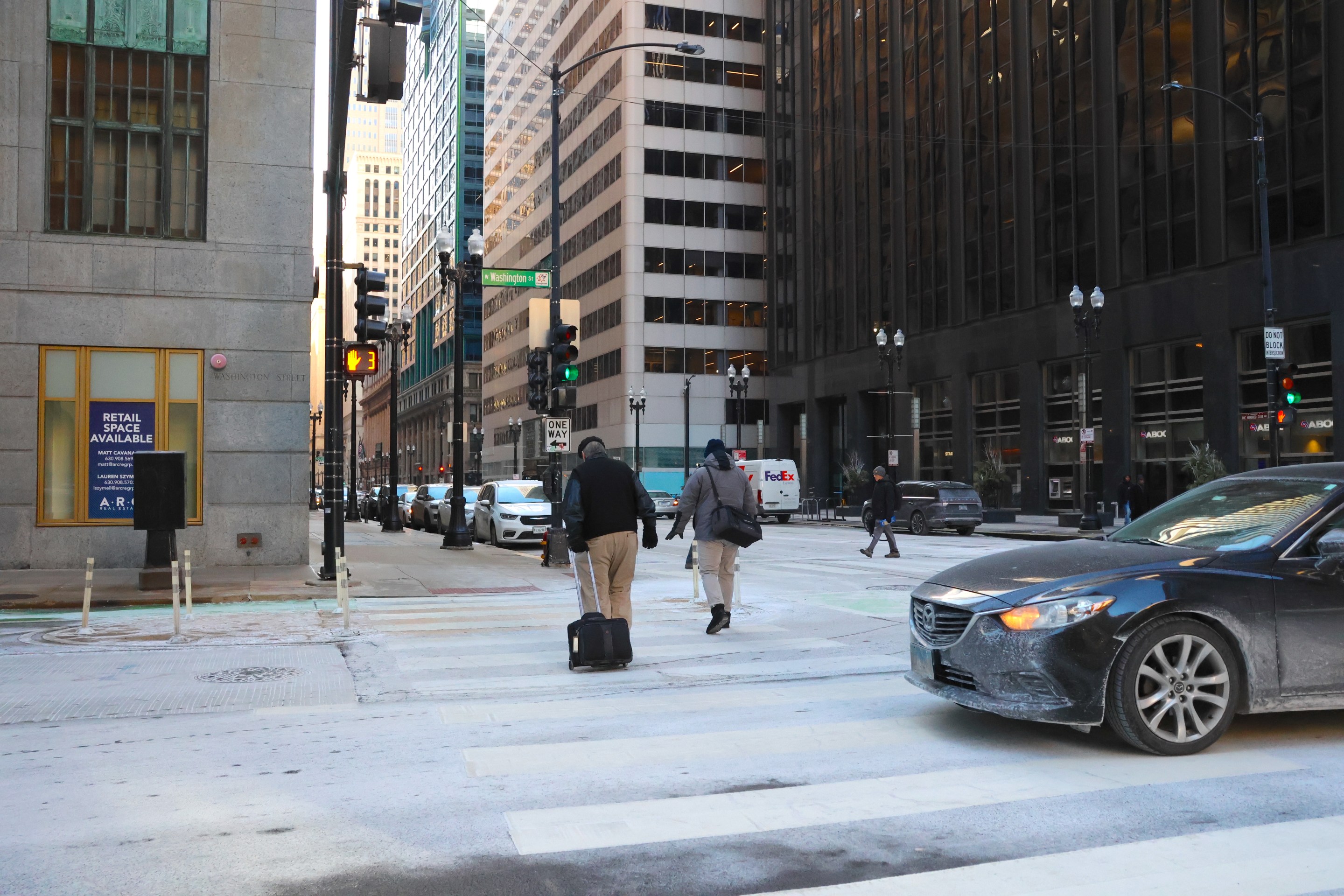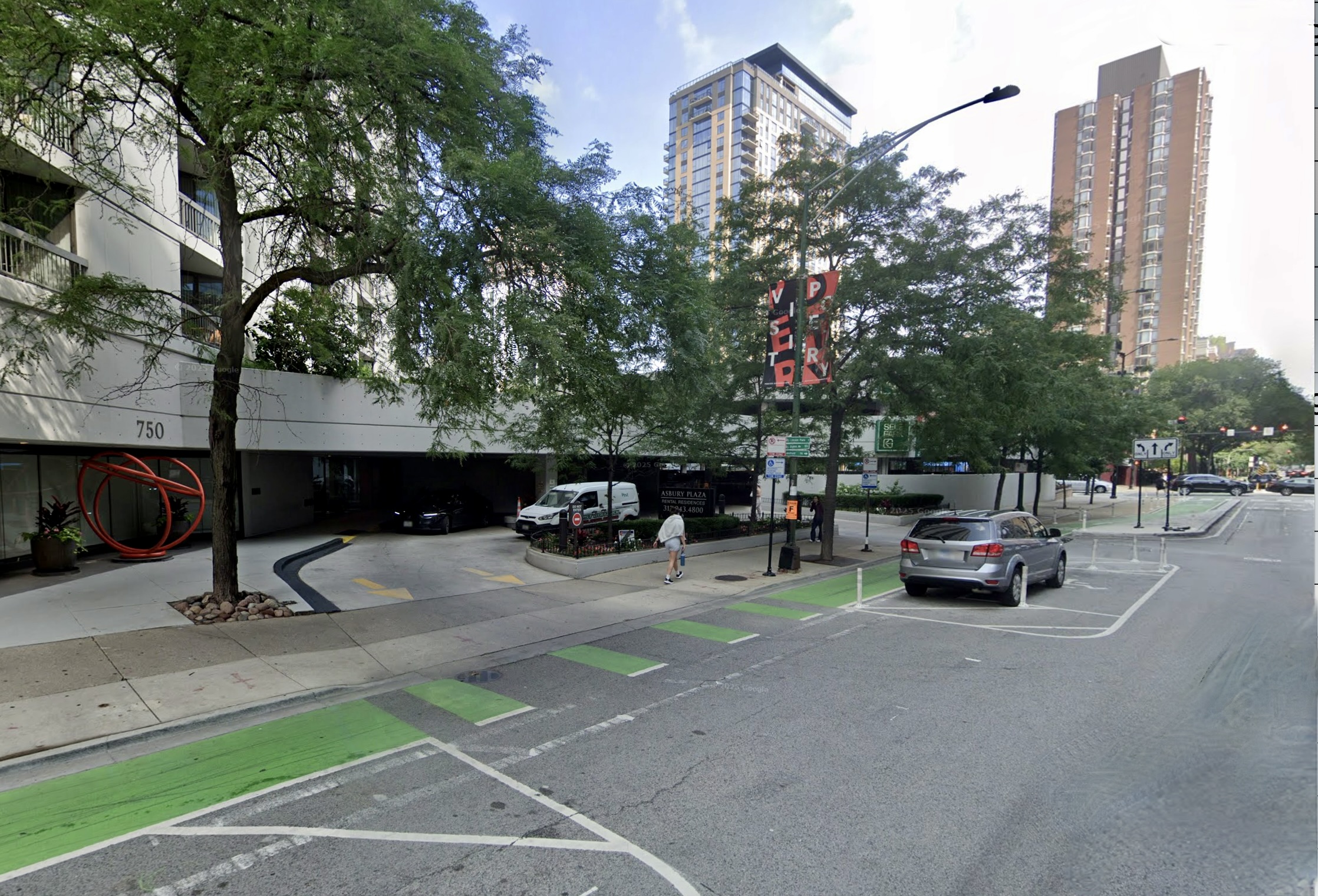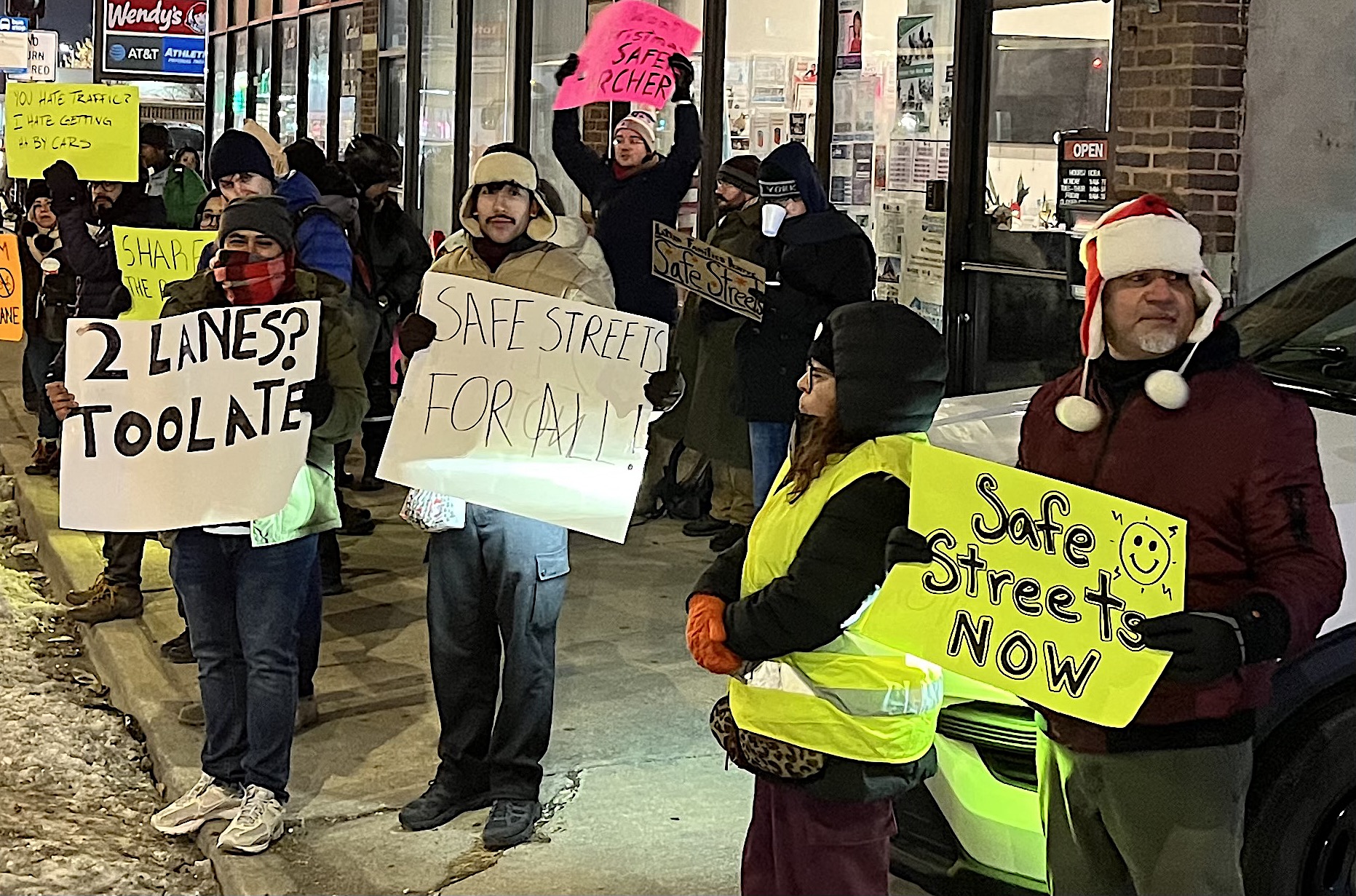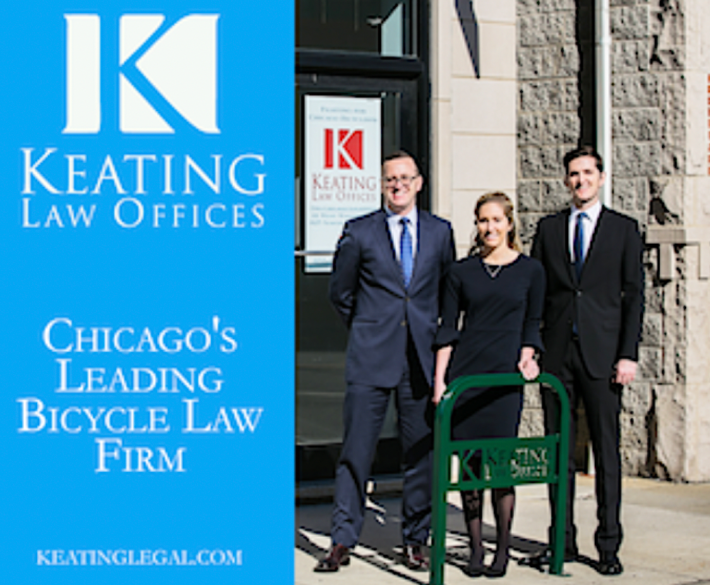
Today could have been the day when Chicago joined New York City, Boston, Seattle, Portland, and even neighboring suburb Evanston in voting in favor of reducing the speed limit in the city to 25 mph. However, questions and concerns among fellow City Council members were numerous enough for Ald. Daniel La Spata (1st) to take the expected vote off the agenda for today's City Council meeting.
Instead, in a near unanimous decision, City Council members voted in favor of creating an interagency working group that will study the ordinance and what the costs and enforcement efforts look like under the reduce speed limit.
The Committee on Pedestrian and Traffic Safety, led by La Spata, signed off on the ordinance to reduce the speed limit last October by a narrow margin, 8-5.
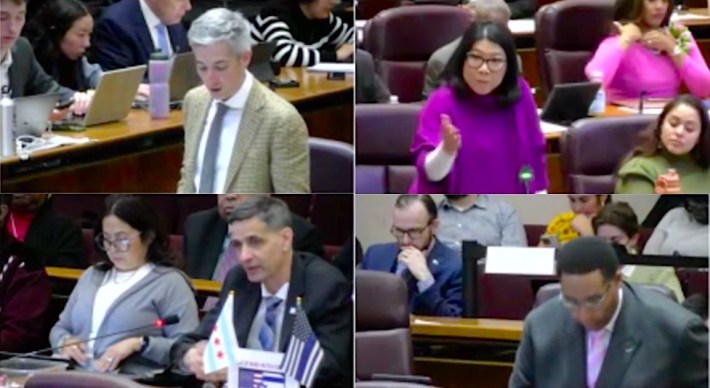
"While I know this is the right policy for the city and that many of my colleagues agree, there are many that need to see us act on equity and enforcement concerns first,” La Spata said to Streetsblog Chicago over email after the meeting.
“That's why I am proud to have passed our resolution today by a 49-1 margin and am excited to come back to colleagues with our speed limit ordinance in the near future."
Ald. Nicholas Sposato (38th) confessed that he wouldn't have voted in favor of the reduced speed ordinance today, though he supported the creation of the working group. During his commentary, Sposato underlined that La Spata, an avid bicyclist, has a different experience with the speed limit and said that he was encouraged to see colleagues “be back on the safety bandwagon.”
La Spata did have allies and supporters of his efforts to make the city safer for pedestrians and bicyclists present, however. Ald. Maria Hadden (49th) shared her hopes that the working group would help the city to “move forward with the full Vision Zero piece” — the plan to eliminate traffic fatalities. Ald. Nicole Lee (11th) said that “the speed at which people are driving” is “one of the biggest issues” she's heard from residents.
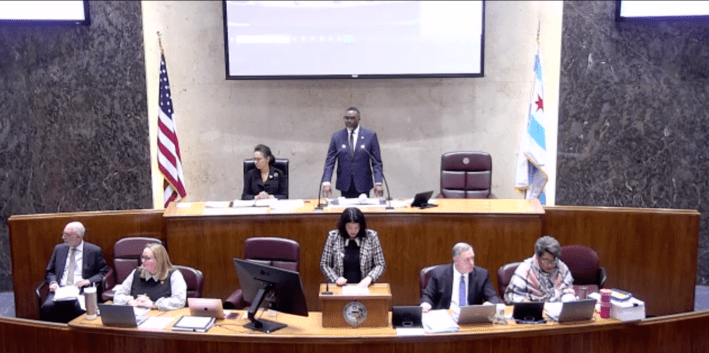
Ald. Jason Erwin (28th) thanked La Spata for holding back on the speed limit vote to allow for more discussion.
“I haven't heard anyone say we need to raise the speed limit,” Ald. Andre Vasquez (40th) said. He spoke in favor of the working group resolution as a compromise solution, nodding at cost concerns.
Ald. Brian Hopkins (2nd) was the lone alderperson who voted against the establishment of the working group.
New speed limit signs would cost the city up to $2.5 million, the Illinois Answers Project previously reported. But the installation of up to 10,000 new signs could be avoided if Illinois follows the lead and adopts the new speed limit state wide.
“We know that driving 30 mph – enforced to 35 mph – costs people lives, La Spata said in council chambers. "The city's own traffic crash report that just came out confirms that 68 percent of crashes involve a high rate of speed.”
He referred to enforcement issues as reasons why he decided not to put the reduced speed legislation for a vote today: “People have seen racial inequities on how citations are issued, on who gets cited.”
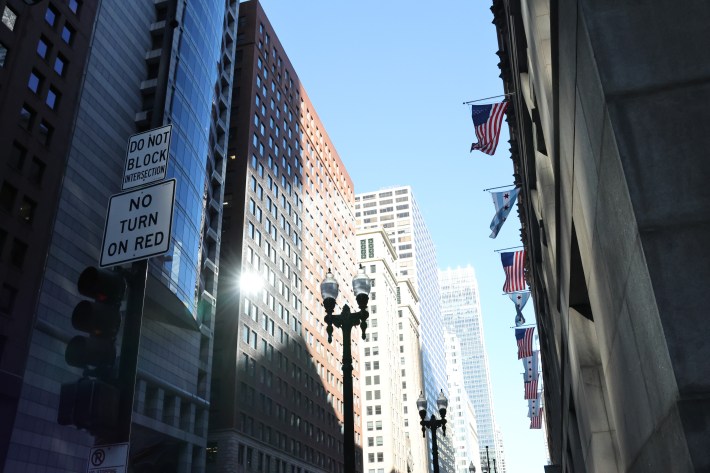
During the public comment period in the committee’s meeting last October, speakers raised concerns about how speeding tickets disproportionately affect Black and Latino Chicagoans. But so do traffic accidents. Two-thirds of people killed in fatal crashes in Chicago are Black, according to the Chicago Department of Transportation. At the same time, Black Chicagoans make up less than one-third of the city’s population.
A bevy of studies — and real-world applications in other countries and in major U.S. cities — have all determined that lower speed limits increase chances of pedestrians and vehicle users surviving car accidents. La Spata’s office cites statistics that vehicles traveling at 30 mph will lead to fatal pedestrian injuries in 40% of accidents. Reducing the speed to 20 mph decreases that probability to only 5%.
